Schwules Museum (1985)
26 - Gay Museum "Schwules Museum", museum location since 2013
Lützowstr. 73, Berlin-Tiergarten, QR-Code at door window & front desk
Since its foundation in 1985, the Schwules Museum Berlin has developed into a globally significant queer institution. It combines archival work, exhibitions and political education under one roof, with the aim of making lesbian, gay, bisexual, trans* and inter* realities of life visible. With over 130 exhibitions, an archive of 1.5 million documents and a program that combines activism with academic research, the museum not only documents the past, but also shapes current debates on sexual and gender diversity.
read more
(this text can also be heard in the audio clip)
The idea for an exhibition was born at a time when the Aids crisis was politicizing the gay movement, while conservative counter-movements were gaining strength. Manfred Baumgardt had written a master’s thesis on the gay movement of the 1920s and suggested an exhibition on the subject to the new museum director of Berlin Museum, who enthusiastically wanted to realize it. In 1984, Andreas Sternweiler, Wolfgang Theis, Manfred Baumgardt and Manfred Herzer began curating the groundbreaking exhibition “Eldorado – Homosexual Women and Men in Berlin 1850-1950” at the Berlin Museum, now part of the Märkisches Museum. During their night shifts, they sifted through archive material on queer lifeworlds. The gay curators contacted Ilse Kokula. This resulted in a lesbian group, including among others Christiane von Lengerke, Mecki Pieper and Claudia Schoppmann, who curated the lesbian section of the exhibition. Together they designed an exhibition that showed both gay and lesbian worlds.
For the first time, the exhibition presented police files on persecution under §175 alongside photographs of drag balls from the 1920s and letters from Magnus Hirschfeld.. The success was remarkable: over 40,000 visitors saw the exhibition. “Society was ready to confront its own history of repression,” Theis later noted. But there was also controversy: conservative politicians called for the exhibition to be closed, while gay associations criticized the exhibition for reducing homosexuality to “tragedy and persecution”.
When no homosexual representation was recognizable at other exhibitions in Berlin, the initiators said to themselves, “This won’t work. Straight people won’t do it for us; if they do, we have to do it ourselves. And the idea was already there that we wanted to found a gay museum.” On December 6, 1985, the association “Friends of the gay museum in Berlin e.V.” was founded. The first archive collections were created in two rooms of the Allgemeine Homosexuelle Arbeitsgemeinschaft (AHA) at Friedrichstraße 12. The exhibition “Yuck – 90 years of homopress” which opened in 1986, presented early magazines such as Der Eigene (1896-1932), which created a network of readers despite prosecution.
The early years were characterized by precarious activism. “We had no money, no expertise – just anger at the ignorance of historians,” recalls Sternweiler.
In 1990, the move to the 200 m² premises at Mehringdamm 61 marked the transition to a more professional operation. An archive and a reference library with 5,000 volumes were created here.
In 2004, the museum initiated “Self-confidence and perseverance. 200 years of gay history”, its first permanent exhibition. Based on 600 exhibits, it spanned the period from Prussian criminal law in 1794 to decriminalization in 1994.
However, the focus on gay men came under increasing criticism. Lesbian activists such as Birgit Bosold, who joined the board in 2006, pushed for an expansion of the museum’s content. “A museum that calls itself a ‘gay museum’ must explain why it excludes other identities,” emphasized Bosold.
The move to Lützowstraße 73 in 2013 was more than just a change of location – it marked a conceptual reorientation. The museum established itself as an informal meeting place that promotes exchange between different queer communities. With four exhibition areas, a café, expanded library and Professional archive room, the new premises offered improved conditions for the growing collection.
In terms of content, the museum increasingly opened up to intersectional perspectives. The exhibition “Homosexuality_ies” (2015), a cooperation with the Deutsches Historisches Museum, set new standards in the presentation of gender and sexual diversity.
Parallel to its institutional establishment, the museum underwent an intensive process of reflection. The previous focus on gay history was increasingly supplemented by lesbian, trans* and intersex perspectives.
The museum’s financial situation remained precarious for three decades and was mainly supported by private donations and voluntary work. A turning point came in 2010, when the Berlin Senate included the museum in its institutional funding – a political recognition that made financial planning security possible for the first time.
The Schwules Museum continues to face challenges, particularly in terms of funding and anti-queer attacks. However, the work of the museum and its extensive archive work is supported by over 80 volunteers. Everyone involved is certain that the Schwules Museum will remain the central point of contact for anyone who wants to learn about queer history and culture.
Start your own city tour of the places of queer heroes around the Nollendorfkiez in Schöneberg here. You can find the next locations on the map below the audio clip or follow the suggested pink or orange route.
Image gallery Schwules Museum


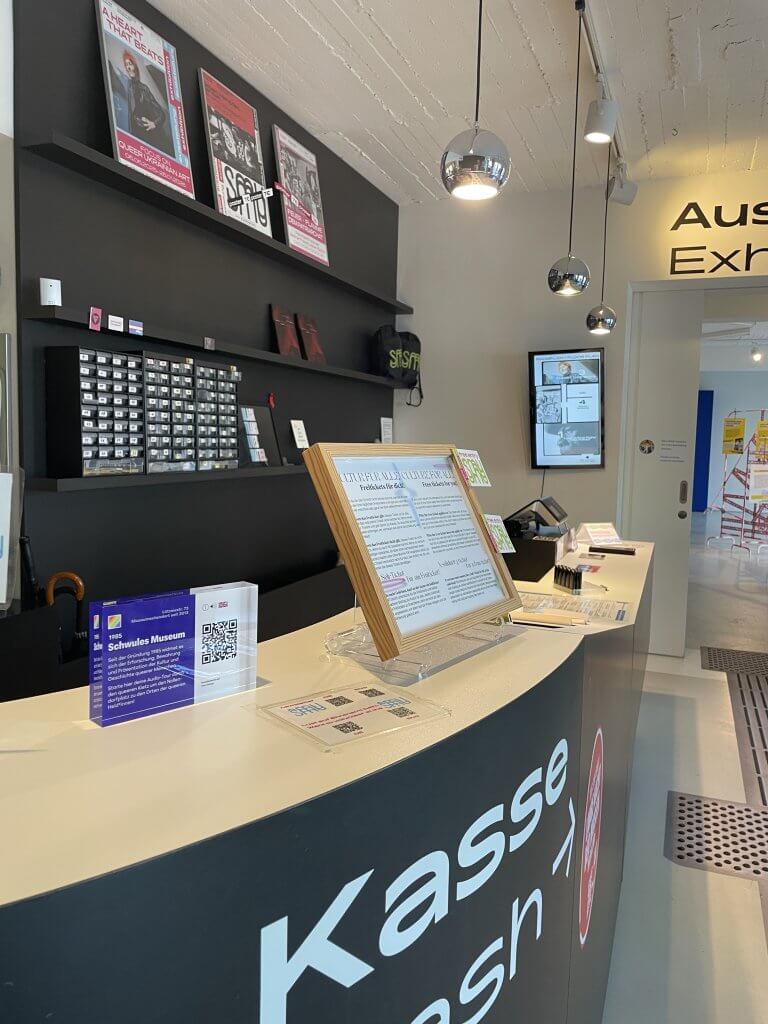
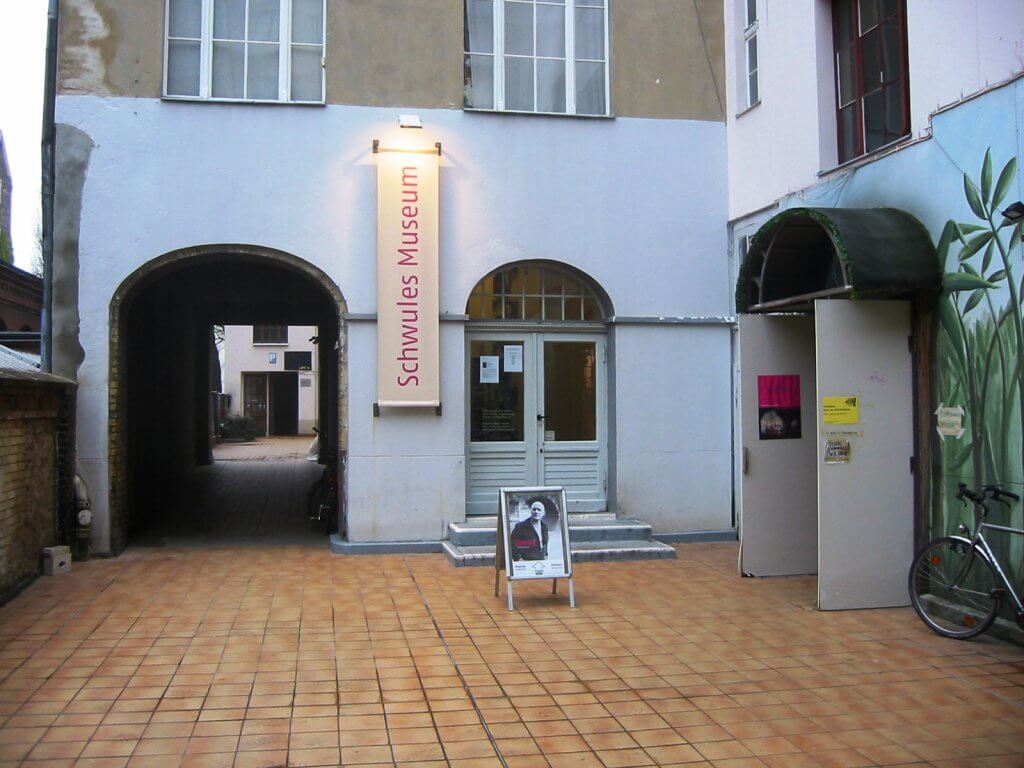
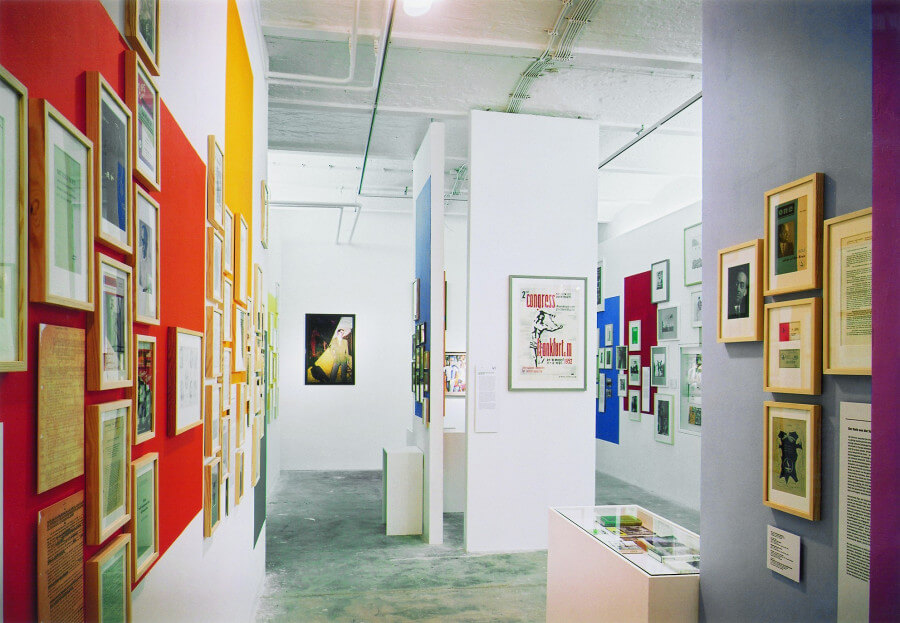
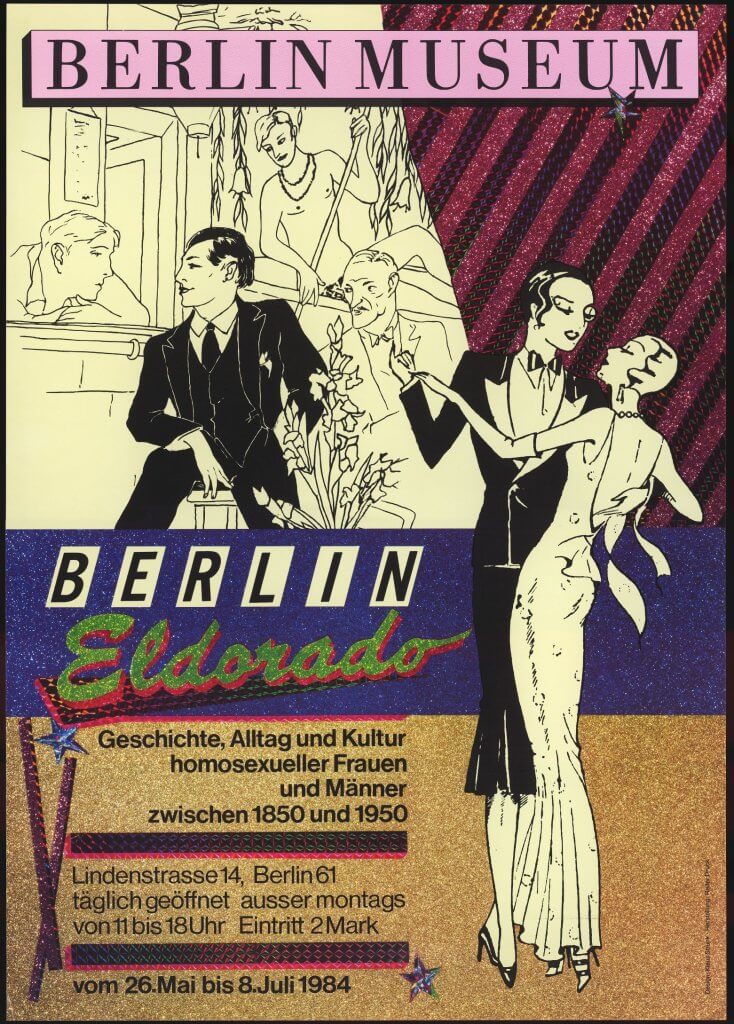
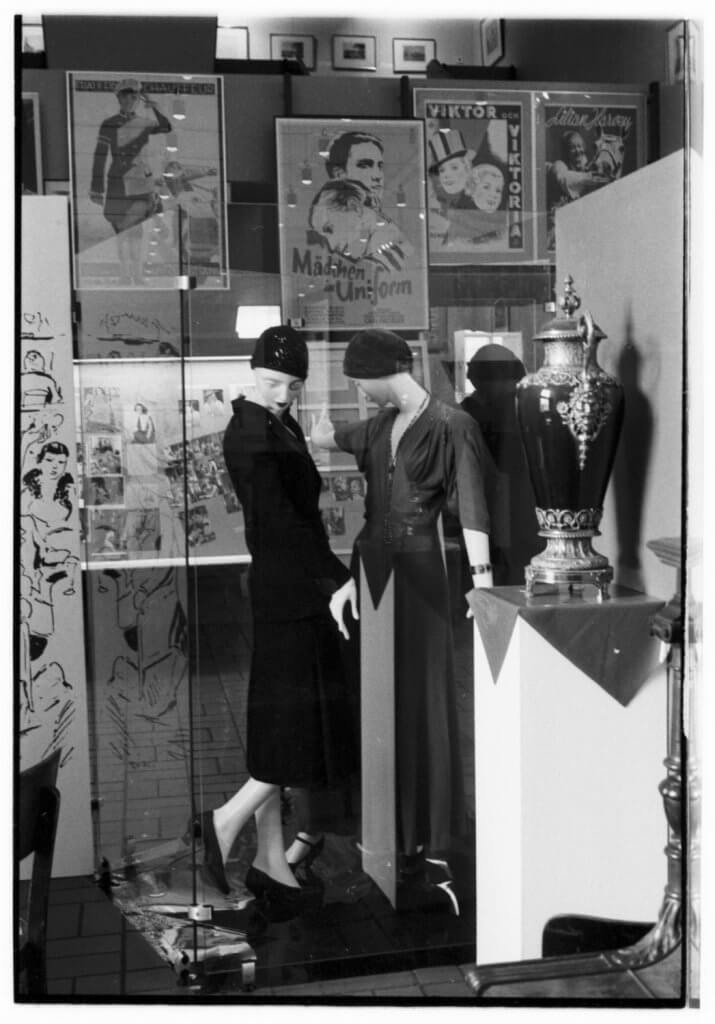
Further audio clips:
Further audio clips nearby:
Related links & sources:
- [in German] Online article “Perverse History(ies) – The Gay Museum as a Place of Emancipatory Debates, Controversies and Transformation” by Heiner Schulze, 2024
- [in German] Online interview “”We all still want something with the museum.” Interview with Birgit Bosold, Aykan Safoğlu and Wolfgang Theis, Schwules Museum” by Jan-Henrik Friedrichs, 2018
- [in French] Online Article „Généalogie du Schwules Museum (1985) : la fondation d’un « musée gai » allemand »“ by Morgan/Sophie Lespiaux
Note on terminology:
Some of the terms used in the texts are used as they were common at the time of the queer heroes, such as the word “transvestite”, which was chosen as a self-designation by some people. Today, we would express this in a much more differentiated way, including as trans*, crossdresser, draq king, draq queen, gender-nonconforming or non-binary. Where possible, the terms that the person (presumably) chose for themselves are used, but in some cases we do not know how the people described themselves or how they would describe themselves using today’s vocabulary.
In addition, the word “queer” is also used, which did not even exist at the time of most of the queer heroes described. Nevertheless, today it is the most appropriate word to describe inclusively all those who do not correspond to the heterosexual cis majority.
A project by Rafael Nasemann affiliated to the Magnus-Hirschfeld-Gesellschaft e.V., Berlin.
Funded by the Hannchen-Mehrzweck-Stiftung – Stiftung für queere Bewegungen

The map on this site was created using the WP Go Maps Plugin https://wpgmaps.com, thanks for the a free licence
© 2025 – Rafael Nasemann, all rights reserved

